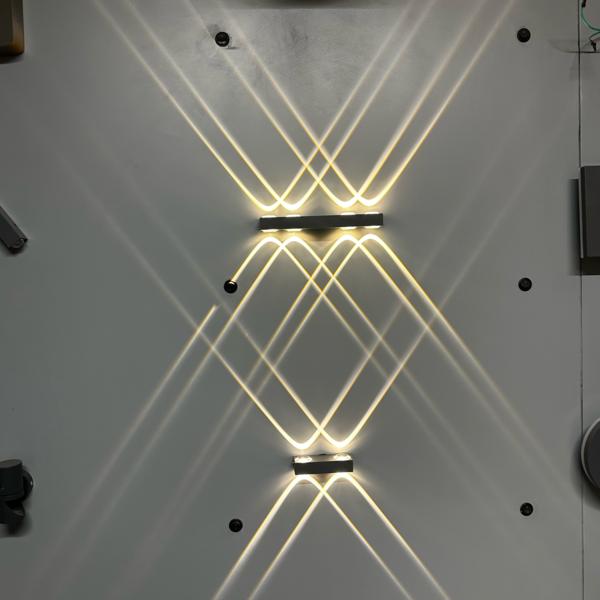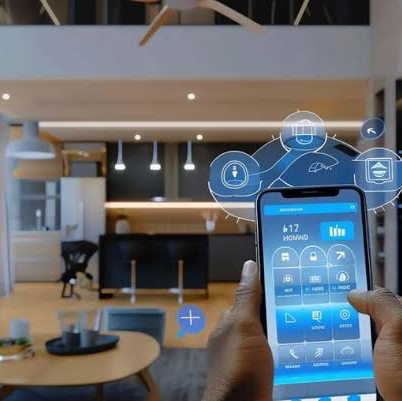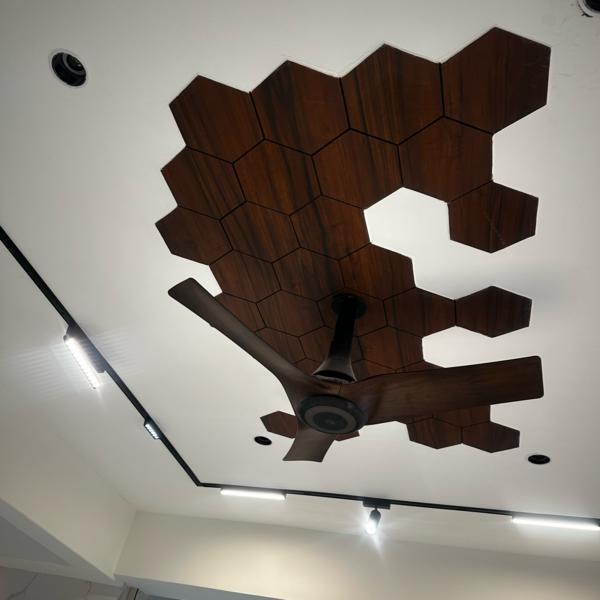
Wireless automation by Adding Lights- A way of life

The installation process for wireless automation with Adding Lights is remarkably simple and non-intrusive. Unlike wired systems that require extensive structural changes, wireless systems can be installed with minimal civil work. This makes them ideal for both new constructions and retrofitting older spaces. The process involves setting up control modules, configuring devices, and calibrating the system based on user preferences. Adding Lights ensures that all installations are handled by trained professionals who maintain precision, confidentiality, and customer comfort throughout the process. One of the standout features of Adding Lights’ wireless automation systems is flexibility. The system is designed to grow with the user’s needs. New devices can be added later without replacing the entire system. A small two-room apartment can be automated today, and the same system can be expanded if the user moves to a larger house. This upgradable nature ensures that customers never feel locked into one solution. It also means that the system remains relevant and functional for years to come, regardless of changes in lifestyle or space. Adding Lights also focuses heavily on user training and after-sales support. After the installation, the customer is given a detailed demo on how to operate and customize their system. The team remains available for updates, maintenance, or troubleshooting. This commitment to service builds lasting relationships and ensures that customers get the most out of their automation investment. For businesses, this level of support becomes even more critical as operational efficiency often depends on the smooth functioning of smart infrastructure. For homeowners, wireless automation brings comfort and personalization. Bedroom lights can be set to gently turn on in the morning and fade out at night. Bathrooms can have motion-activated lighting. Kitchen appliances can be turned off remotely. Living rooms can transform into home theaters with a single tap, activating the projector, lowering the screen, dimming the lights, and switching on the surround sound. For working professionals, the convenience of managing their entire home from their smartphones adds immense value to their lifestyle. In commercial spaces, wireless automation offers efficiency and professionalism. Offices can schedule lighting and air conditioning to operate only during work hours. Conference rooms can be equipped with automatic presentation setups. Retail outlets can control their lighting and background music to enhance customer experience. Hotels can offer guests personalized room settings that they can control via mobile devices. Adding Lights ensures that every commercial project gets a robust system tailored to its unique operations. Another powerful use of wireless automation is in smart scheduling and scene creation. Users can create custom scenes that activate multiple devices at once. For example, a ‘Good Night’ scene can turn off all lights, shut the curtains, activate the security system, and reduce air conditioning to energy-saving mode. A ‘Party’ scene can turn on dynamic lighting, play a playlist, and adjust the temperature for comfort. These personalized scenarios enhance the emotional experience of living and make the space feel alive and responsive. Adding Lights is also helping shape smart communities by collaborating with developers on group housing projects. These projects often include smart amenities like automated street lighting, security gates with facial recognition, clubhouse access via mobile credentials, and real-time visitor management. By integrating wireless automation into the planning stage, Adding Lights ensures that entire communities benefit from intelligent infrastructure, adding value to property and improving resident satisfaction. In education, wireless automation can help schools and colleges manage classroom lighting, projectors, and security systems more efficiently. In healthcare, patient rooms can have automated lighting, nurse call systems, and environmental controls for improved comfort and care. Adding Lights is already working with institutions in Indore to bring these futuristic ideas into practical applications. By customizing wireless automation for various industries, the company is proving that this technology is not limited to luxury homes but is essential for all types of modern spaces. A significant advantage of wireless automation is remote control and monitoring. Through secure mobile apps, users can operate devices from anywhere in the world. Forgot to switch off the geyser before leaving for work? Do it from your phone. Want to make sure the main gate is locked before you sleep? Check the app. This level of control creates a safety net that ensures users are always connected to their homes and properties. Adding Lights makes this possible through reliable technology that is secure, fast, and easy to use.
Keywords
Subscribe for latest offers & updates
We hate spam too.


